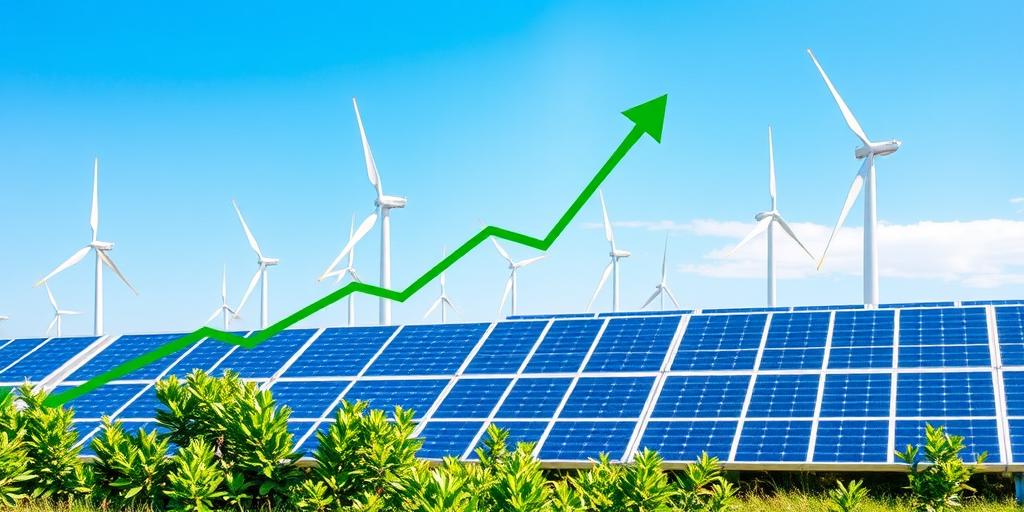The world is waking up to the urgent need for sustainable development, and this awareness is fueling the rapid growth of green finance. Green finance encompasses investments that provide environmental benefits, ranging from renewable energy projects to sustainable agriculture initiatives. This article explores the key trends driving the rise of green finance on a global scale.
Global Investment Trends in Green Finance
- Renewable Energy Dominance: Investments in renewable energy sources like solar, wind, and hydro power continue to lead the green finance sector. Countries worldwide are setting ambitious renewable energy targets, driving significant capital allocation towards these projects.
- Sustainable Infrastructure: Green finance is increasingly directed towards sustainable infrastructure projects, including green buildings, electric vehicle charging stations, and public transportation systems. These investments aim to reduce carbon emissions and improve resource efficiency in urban areas.
- Green Bonds Surge: Green bonds, which are fixed-income instruments used to fund environmentally friendly projects, have experienced exponential growth in recent years. Issuance of green bonds is expected to continue rising as investors seek to align their portfolios with sustainability goals.
- ESG Integration: Environmental, Social, and Governance (ESG) factors are becoming increasingly integrated into investment decisions across asset classes. Investors are using ESG criteria to assess the environmental and social impact of companies, encouraging businesses to adopt more sustainable practices.
- Climate Risk Disclosure: Regulatory bodies and investors are pushing for greater transparency in climate risk disclosure. Companies are now expected to report on their greenhouse gas emissions, climate-related risks, and strategies for transitioning to a low-carbon economy.
Factors Driving the Rise of Green Finance
Several factors are contributing to the rise of green finance:
- Growing Environmental Awareness: Increased awareness of climate change and environmental degradation is driving demand for sustainable investments.
- Government Policies and Regulations: Governments worldwide are implementing policies and regulations to promote green finance, including carbon pricing mechanisms, renewable energy mandates, and green building codes.
- Investor Demand: Institutional investors, such as pension funds and sovereign wealth funds, are allocating more capital to green investments to meet their sustainability targets and manage climate-related risks.
- Technological Innovation: Technological advancements in renewable energy, energy storage, and other green technologies are making sustainable investments more economically viable.
- International Agreements: International agreements, such as the Paris Agreement, are setting global targets for reducing greenhouse gas emissions and promoting sustainable development, creating a framework for green finance initiatives.
Challenges and Opportunities
Despite the rapid growth of green finance, several challenges remain:
- Lack of Standardization: The absence of consistent definitions and standards for green investments can lead to greenwashing and make it difficult to compare different investment options.
- Data Availability: Limited data on the environmental impact of investments can hinder the ability of investors to make informed decisions.
- Scalability: Scaling up green finance to meet the vast investment needs of sustainable development requires innovative financing mechanisms and public-private partnerships.
However, the opportunities for green finance are immense. As the world transitions to a low-carbon economy, investments in green technologies and sustainable infrastructure will play a crucial role in driving economic growth and creating a more sustainable future. By addressing the challenges and capitalizing on the opportunities, green finance can unlock significant environmental and economic benefits.
